Today, the importance of social networks is very clear for companies of all sectors, who speak to a wide range of audiences. However, what is still not very clear for many is how to exploit all this potential and revert it into efficient results.
We can start by saying that the best social networks vary from case to case, according to the company and its goals. And more: the management of social media varies profoundly according to the persona, both of the company and the customers.
But what is a persona?

Creating a persona is about identifying a profile, with preferences, values, characteristics, goals, concerns, fears, anxieties, etc. It's really embodying your brand or your audience.
Brand person:
To find out who your brand is, you must ask yourself some questions, such as: what characterizes the company? How is your voice? At what time does it speak? What does it believe in? Clearly answering these and other questions creates an identity for your brand, enabling it to communicate more effectively with its audience. With this identity built – the persona –, it becomes easier to know how to produce content for the company's social networks.
Customer person:
Here, we are going to set up an identity that goes beyond what is normally done: age, social class, gender, income and so on. Identify who your client is, what are their characteristics, preferences, anxieties, and frustrations, what is their personality. With all of this mapped out, the language used by your company, in addition to the issues it will deal with on its social networks, will be closer to your audience. To discover this persona, it is very important to conduct a survey of your customers. By understanding the profile of those who already buy your products or services, you will attract similar profiles.
Then, some decisions still need to be made: which social networks should your company be on? Should there be any language differences between them?
With all this properly thought out and mapped out, there are still some decisions to be taken: which social networks should your company be on? Should there be any language differences between them?
The most popular social networks for businesses
Objective: Facebook allows the connection and sharing of texts, images and videos between people, brands, and communication vehicles. As it is the most popular social network, it brings together people of very different ages and characteristics.
Main features: There are countless forms of interaction, ranging from instant and private messages for companies to sponsored posts, which take advantage of the huge database of its set of users, allowing the targeting and segmentation of these sponsorships.
Post example:
In addition to providing relevant information in the post itself, we direct the user to an article published on our blog. In other words, through the content published on this social network, you can attract more visits to your institutional page.
Facebook also offers tools through which the public can interact with your brand, so that you can strengthen your relationship with the consumer. See an example in the post below, published on Facebook by a Bee customer, MAVALÉRIO, a company that produces and sells products for the sweets and confectionery segment.
We talked about two winter recipes made with MAVALÉRIO products, giving our customers the opportunity to react with a “like”, if they prefer Chocolate Fondue with Brigadeiro, or with “amei”, if their favorite recipe is White Hot Chocolate.
Another trend is to take advantage of topics that are on the rise to make memes, that is, posts that go viral on the internet, whether information in the form of an image, phrase, music etc. Inserting your service or product in the context of this type of publication is a great opportunity to draw attention to your brand and win over the audience with attractive content.
Objective: the social network created to beautify the eyes, with mainly visual content. Owned by Facebook, Instagram has a similar goal to its main company, but highly focused on photos and videos. It focuses on young users, looking for lighter subjects.
Main features: in addition to the ability to "like" and comment on posts, some photos or videos are available for just 24 hours, the Stories, allowing quick and punctual communications, such as the example below, a Bee Instagram story.
Post example:


The contents are highlighted with the objective of entertaining the user and giving the possibility of interaction. Companies that use it should think: what is pleasing to my consumer?
See this example of an Instagram post from one of our clients, TC Shingle, an Italian company with a branch in Brazil, specializing in roofs with shingle tiles, ensuring sophistication and architectural beauty.
The image is filled with a beautiful architectural project, to inspire and surprise architects and designers, who are our client's main audiences. Notice how much the visual aspect makes all the difference in this network.
Purpose: mainly used for professional networking. Employers look for potential new collaborators, while professionals look for new business partners. People from all areas, whether or not in the job market, attend the social network.
Main features: You can post and receive responses to job openings, as well as publish articles and various posts.
Companies that use LinkedIn should be concerned about promoting the organization's history, its qualities, its importance to the market. As well as relevant moments: events, important anniversaries – such as 30, 50 years in the market –, training with employees. Before posting, think: what can I show the market so that my company is well regarded as an organization?
A great example is this LinkedIn post from our client, Walsywa, who manufactures and markets Construction Fastening products.
Walsywa on LinkedIn: "A Concrete Show 2019 já começou! Venha visitar a empresa que é referência em fixação para construção civil no Brasil. Os maiores lançamentos estão aqui! Venha conversar com nossos especialistas no Stand 7-30."
August 15, 2019: Walsywa posted images on LinkedIn
We announced Walsywa's participation in an event of extreme importance for the sector in which the company operates, strengthening the brand as a present at important moments for the market.
YouTube
Objective: development and exhibition of videos, professional or amateur production. The subjects of the videos are of the most varied, which results in a highly diverse audience.
Key features: In addition to being a place to share these videos, YouTube allows you to include ads, also on video.
It is worth noting that YouTube is the second largest means of user searches, mainly because one of the biggest differentiators of the network is the ability to present content in an easy way. The user does not even need to read some text, the answers or the solutions they are looking for are only a “play” away.
Currently, in a context in which people have several information channels at their disposal, when they find two contents on the same subject – one in video and the other in text -, it is very likely that they prefer the most immediate and easiest solution to consume: the video.
In addition, video is a platform with strong power to engage, move and provoke reactions in the audience, due to its dynamic and visual aspect.
However, it is worth saying that the videos, preferably, should be of better quality and well edited. They are not as instantaneous as Instagram stories, for example. It's not about filming and publishing anything, but regarding thinking about how the videos will contribute to the company's strategy.
Post example:
Playlist "Cozinha Saudável" do canal do BemStar com Marcio Atalla
Objective: Also focused on image sharing, the social network is called a world catalog of ideas, with most posts involving fashion, make-up, crafts, gastronomy, and decoration – which makes the social network's audience mostly enthusiasts from these areas, mainly young females. Pinterest is also known for the lifetime of posts, much longer than those on Facebook.
Key Features: Images, coming from users or other sites, can be sorted into folders and found using Pinterest search. The platform also encourages the sharing of ideas and interaction between users. But, above all, it gives your company the possibility to attract the public to your solutions. For example, if you work in the fashion segment, you can publish photos of looks with pieces of your brand, publicizing it and encouraging people to buy.
If you are in the food business, it is interesting to arouse people's desire through the images. See this example, once again from Mavalério. It sells the idea of how recipes made with the brand's products can be, in addition to being delicious, beautiful and inspiring.
In addition, the social network gives the company an air of creativity, conveying the idea that you have several ideas and want to share them. An inspiring brand is, of course, a brand to be remembered in the market. And inspiration is Pinterest's raw material. A good tip is to use Pinterest for Business, to give more visibility to the brand, generate sales and traffic to your webpage.
Purpose: Allows users to share updates involving text (limited to 280 characters), images and videos in a continuous stream. It has a strong focus on news and current affairs, especially among young people. Through the social network, it is possible to interact with users and gain notoriety.
Key Features: You can follow different users and republish posts to your own profile. Twitter also has a constant list of the subjects most mentioned by users – the trending topics.
Twitter was created with the aim of functioning as a microblog, allowing the publication of short texts of up to 140 characters. Possibilities have been expanded by moving to 280 characters and adding features for posting gifs and videos. Even so, the tendency for publications to be concentrated on opinions about current events, whether on politics, economics, movie releases, market trends, tips on various subjects etc., continues to be observed. Thus, the social network becomes a tool for companies that wish to have a clear position or to associate their brand with these news.
Below, we have an example of a post on Twitter by our client Marcio Atalla, physical educator and great influencer on topics related to health and well-being.
Post example:
Desafio da semana!
Pequenas mudanças no seu dia a dia podem levar, a médio/longo prazo, a grandes diferenças na sua saúde e bem- estar.
Escolha alguns hábitos saudáveis para começar hoje mesmo!#MarcioAtalla… https://t.co/o9gzSqtc1y— marcio atalla (@marcioatalla) 1 de julho de 2019
Learn a little about Bee Creative's social media management strategies.
Conclusão
As you can see, your company must choose the social networks in which it will be present, according to its segment and objectives. For example, if you're a financial consulting firm, you're in an industry where it might be difficult to communicate through images – that's generally put down to a lot of business. As such, Pinterest, which is all about images, may not be the ideal social network for you. But Facebook and LinkedIn, for example, are a better fit, since you can communicate through texts and find your audience easier.
Choosing social media should also match what you found out about your audience. If your consumer is young, you are probably looking for lighter content, such as those posted on Instagram and even Facebook.
The fact is that companies can no longer ignore the digital community, which grows every day and is increasingly part of the reality of the entire population. Not being part of it is almost like not existing. Therefore, if you want to be successful in your business, you need to be seen, and, therefore, it is essential to be present in the digital environment, with relevant and interesting content for your audience.














